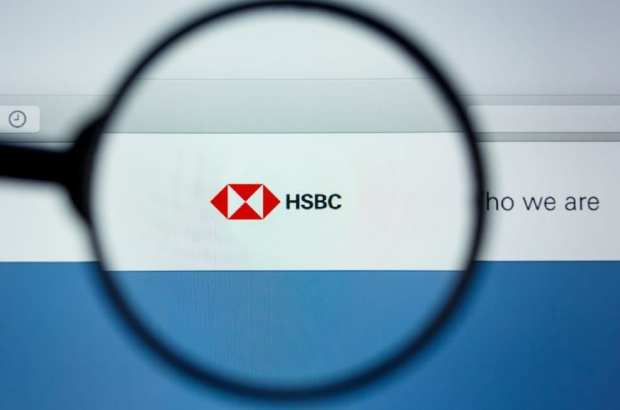HSBC Enlists Biometrics Provider Mitek For International Onboarding App

Multinational bank HSBC has selected Mitek to provide biometric identification services for U.S. premier checking account customers, according to a report from Biometric Update.
Mitek will be helping with the latest version of HSBC’s international client onboarding app.
With Mitek Mobile Verify, the account onboarding process for HSBC will be streamlined and automated, the report stated. That process used to require a video chat with a HSBC representative alongside an electronic signature, but now it will be made easier, with users able to upload a selfie to prove their identity. And, the identity documents needed can be provided at the time of the digital signing.
By being fully digital and remote, the process takes less time. The application turnaround can be done in two days, as opposed to weeks as it had been before, according to the report.
Mitek reported its best-ever earnings in a third quarter report last month. The deal with HSBC was touched on briefly in a first quarter report, although no details were explicitly given, according to Biometric Update.
Authentication, and the prevention of fraud, have become especially important in a time when the world is using the internet for many daily needs due to the pandemic. Fraudsters, seeing the confusion and disarray of the crisis, have pounced, making off with some $100 million from customers across the country, PYMNTS reported.
Mitek Chief Technology Officer Stephen Ritter told PYMNTS in the same report that the attacks usually start out as regular phishing, with dangerous links leading to malware installed on customers’ electronic devices that can lead to the theft of personal information and funding. The links often look legitimate, he said, sometimes offering unemployment benefit tips or protective gear sales.
Protection methods complicate things too, he added, as the pandemic’s preferred no-contact payment methods give fraudsters easy ways to hide.
Instead, he said the focus should be on low-friction approaches, in which users could show government ID documents to verify identities, rather than clicking links over and over.
